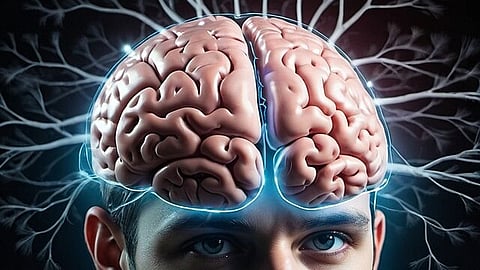A study published June 25 in the American Journal of Psychiatry provides new insights into a long-standing question in psychiatric research: What is the underlying neurobiological mechanism of psychomotor disturbance in psychiatric disorders? [1]
This study, which explores the relationship between brain connectivity and motor function, reveals a connection between grip strength, well-being and the brain’s default mode network (DMN), offering novel insights for potential clinical applications.
Psychomotor disturbances — ranging from catatonia and psychomotor agitation to disorganized behavior and repetitive movements — are highly prevalent in psychiatric conditions. Despite their high prevalence, the neural mechanisms behind these disturbances have remained elusive.
“There has been an exponential increase in the interest to understand psychomotor processes in disease pathology — the fundamental nature of the motor system enhances our ability to link psychological processes to brain to symptoms, promoting clinically useful targets for intervention,” said senior author Alexandra Moussa-Tooks, PhD, an adjunct professor at Vanderbilt University School of Medicine, and co-director of the Clinical and Cognitive Neuroscience Center and head of the Motor Adaptations in Psychotic Disorders Lab at Indiana University Bloomington.
One of the main focuses of this study is the role of grip strength as a measure of both motor function and overall well-being.


